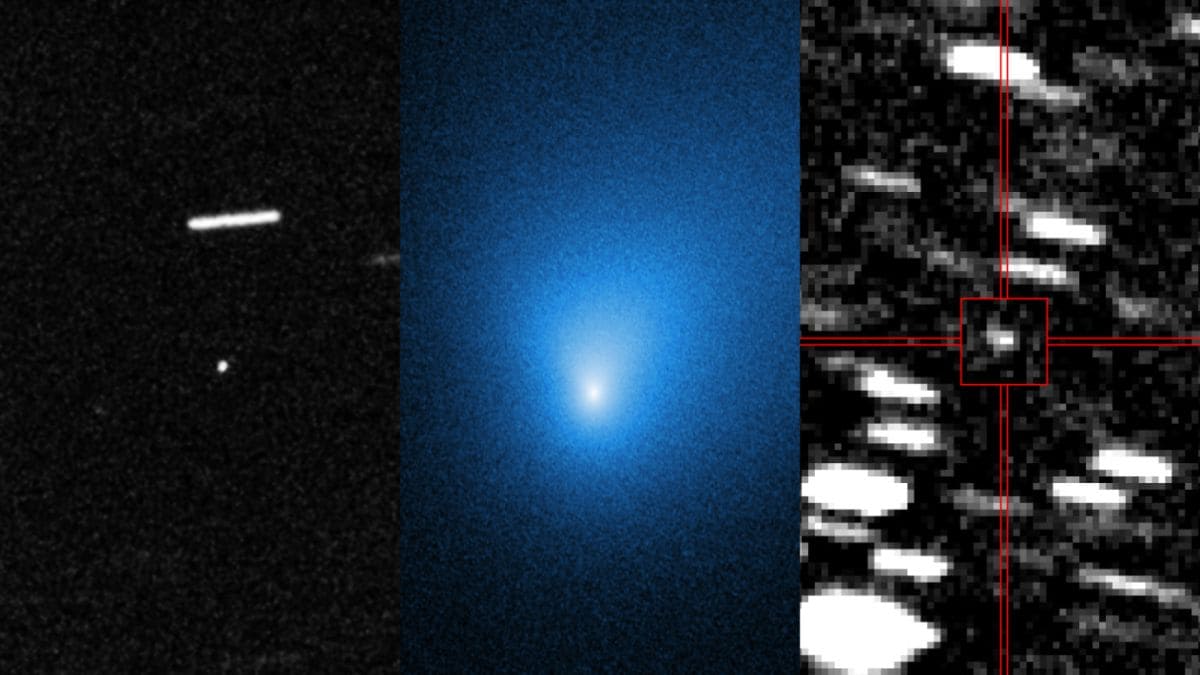Diverse ancient volcanoes on Mars discovered by planetary scientist may hold clues to pre-plate tectonic activity on Earth
Volcanoes are a common feature on the surfaces of solid planets within the solar system, resulting from magmatic activity
Volcanoes are a common feature on the surfaces of solid planets within the solar system, resulting from magmatic activity occurring within the planetary crust. On Earth, volcanism is driven primarily by heat and crustal recycling associated with plate tectonics, but Mars lacks plate tectonics and the driver of volcanism is not well understood.
Recent research by Professor Joseph MICHALSKI, a geologist in the Department of Earth Sciences at The University of Hong Kong (HKU), has revealed intriguing insights into the volcanic activity on Mars. He proposes that Mars has significantly more diverse volcanism than previously realised, driven by an early form of crust recycling called vertical tectonics. The findings, recently published in Nature Astronomy, shed light on the ancient crust of Mars and its potential implications for understanding early crustal recycling on both Mars and Earth.
Traditionally, Mars has been known to have large shield volcanoes similar to those in Hawaii. However, it was not known that Mars also possessed the diverse, explosive volcanoes that form on Earth due to crustal recycling.
The recent research conducted by Professor Michalski and his international team discover a vast number of diverse volcanoes in the ancient crust of Mars. ‘We have known for decades that Mars has volcanoes, but most of the recognised volcanoes correspond to large basaltic shield volcanoes similar to the ones that make up Hawaii,’ he explains. ‘In this work, we show that the ancient crust has many other types of volcanoes such as lava domes, stratovolcanoes, calderas and large shields of ash, not lava. Further, most scientists see Mars as a planet composed of basalt, which has low silica content and represents little crustal evolution, but these volcanoes have high silica content which means they formed from a complex process of magma evolution not known before.’
The paper suggests that intense volcanism occurred on ancient Mars, causing the crust to collapse into the mantle, where the rocks re-melted, resulting in magmas that have high silica. This tectonic process, called vertical tectonics, is hypothesised to have occurred on the ancient Earth, but rocks on Earth from that period (the Archean, more than 3 billion years ago) are highly modified by later geological activity, so we cannot see evidence for this process clearly on this planet. Therefore, exploring other planets like Mars, which has volcanism but no plate tectonics, can help reveal the mysteries of early crustal recycling on both the Red Planet, and by analogy, on early Earth.
Professor Michalski concluded, ‘Mars contains critical geological puzzle pieces that help us understand not only that planet, but the Earth as well. Martian volcanism is much more complex and diverse than has been previously thought.’
‘This is a significant discovery because it has revealed that crustal recycling can occur not only in plate tectonic regimes dominated by horizontal movements, but can also occur in pre-plate tectonic regimes dominated by vertical movements. This finding can help earth scientists revolve the long-term controversial issues of how and when felsic continents formed in our planet (Earth)’, said Professor Guochun ZHAO, the Chair Professor of HKU Earth Sciences.








